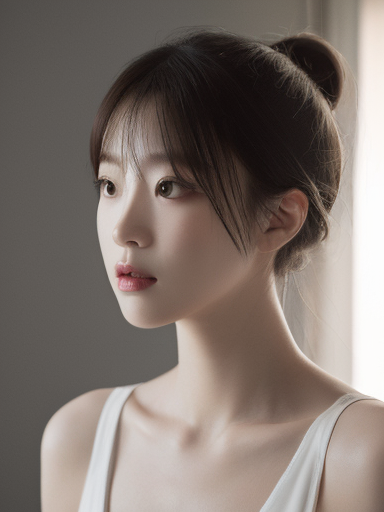TheEvolutionofMaritalViewsinModernSocietyAGlobalPerspective
- 生活
- 2025-02-10 18:03:37
- 2682
In the context of rapid social and technological advancements, our understanding of marriage has undergone significant transformations. This paper aims to explore how societal views on marriage have evolved over time, focusing particularly on changes from traditional norms to modern perspectives. By examining historical developments and current trends, we can gain insights into the complex dynamics that shape marital relationships today.
Historical Context: The Traditional Norms
Traditionally, marriage was often seen as an arrangement between families rather than individuals. It served multiple purposes such as economic stability, social status reinforcement, and procreation (Baker-Schad, 2016). In many cultures, women's roles were confined to domestic duties within the home, while men were expected to be breadwinners. This gender division of labor was deeply embedded in societal norms, with marriage serving as a means to solidify these roles.
During this period, divorce rates were low due to the high costs and social stigma associated with ending a union. Moreover, legal frameworks often favored husbands in matters such as property rights and custody disputes (Baker-Schad, 2016). Overall, traditional marriage was characterized by strict adherence to societal expectations and limited personal freedom.
Transition to Modern Perspectives
The shift towards modern marital views began in the late 20th century. The sexual revolution of the 1960s played a crucial role in changing attitudes toward relationships and intimacy (Gagnon & Simon, 1973). This period saw increased emphasis on individual choice and emotional fulfillment over societal expectations. As women's liberation movements gained momentum, so did their push for equal rights within marriage.

Legal reforms also contributed to this shift. The U.S., for instance, witnessed significant changes with the Equal Credit Opportunity Act of 1974, which prohibited discrimination based on sex in credit decisions (Kopetsky, 2018). Similarly, the legal recognition and legalization of same-sex marriages in many countries represent a more inclusive approach to marriage.
Current Trends and Challenges

Today's society is characterized by diverse views on marriage. While traditional values still hold sway for some, there is an increasing acceptance of alternative family structures such as cohabitation, single parenthood, and non-traditional partnerships (Dow, 2019). This diversity reflects broader social changes like globalization, urbanization, and changing economic landscapes.
However, this shift towards more inclusive views on marriage also brings challenges. Issues around LGBTQ+ rights, gender equality, and child custody continue to be contentious in many societies. Moreover, there is a growing concern over the stigmatization of divorce and single parenthood (Crittenden, 2019).

Conclusion: The Future of Marital Views
The future trajectory of marital views remains uncertain but highly dependent on ongoing social, economic, and technological changes. As global interconnectivity increases, so too does exposure to different cultural practices and values. This interconnectedness is likely to continue fostering dialogue and debate around what constitutes a successful marriage.

In conclusion, while traditional norms remain influential in many parts of the world, modern perspectives emphasize individual autonomy and emotional fulfillment. The path forward will require ongoing efforts to balance tradition with progress, ensuring that all individuals can find fulfillment within their chosen form of partnership.
References:

- Baker-Schad, A. (2016). Family law: Marriage and divorce in a global context. Cambridge University Press.
- Gagnon, J.H., & Simon, W. (1973). Sexual attitudes today. Little Brown & Co.

- Kopetsky, P. (2018). The Equal Credit Opportunity Act. Retrieved from [URL]
- Dow, S.J. (2019). Contemporary issues in family law: An introduction. Oxford University Press.

- Crittenden, A. (2019). The price of motherhood: Why has everything changed for working women and what can be done about it? W.W. Norton & Company.
下一篇:藏蓝色的高级搭配指南